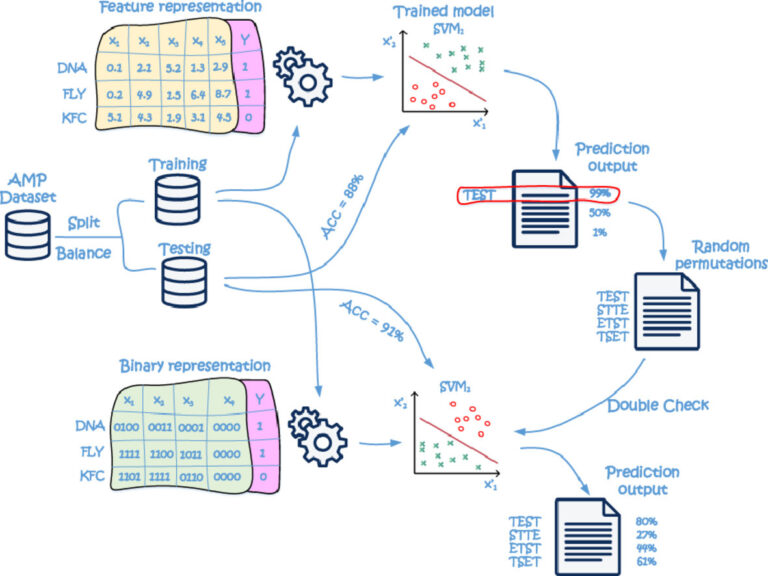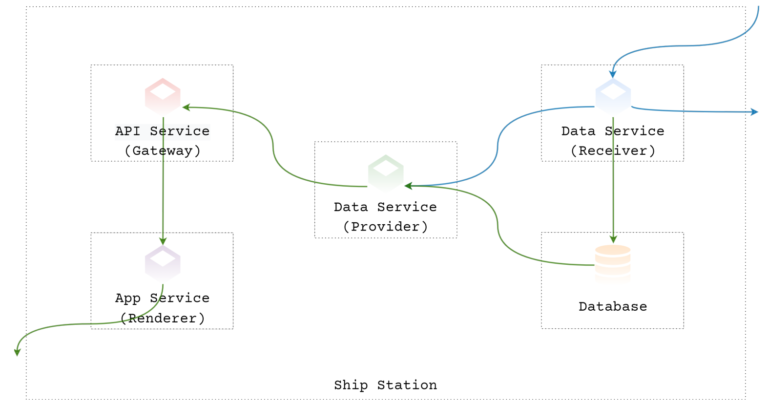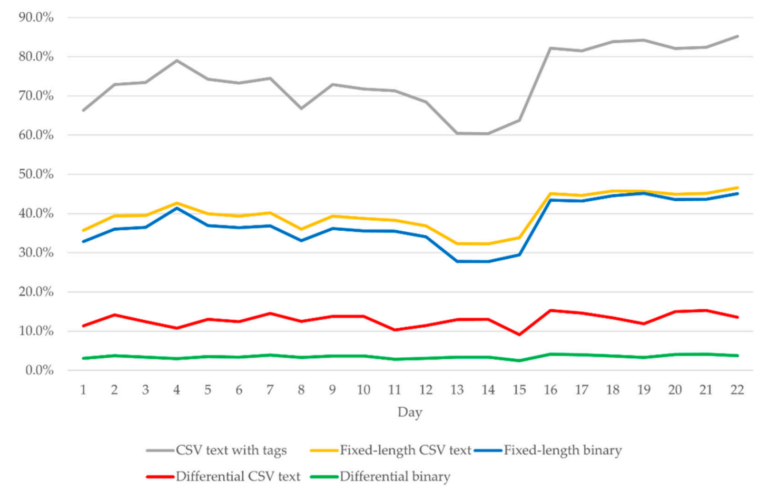
Research Papers
The Choice of Time–Frequency Representations of Non-Stationary Signals Affects Machine Learning Model Accuracy: A Case Study on Earthquake Detection from LEN-DB Data
Non-stationary signals are often analyzed using raw waveform data or spectrograms of those data; however, the possibility of alternative time–frequency representations being more informative than the original data or spectrograms is yet to be investigated. This paper tested whether alternative time–frequency representations could be more informative for machine learning classification of seismological data. The mentioned […]
Improved Parametrized Multiple Window Spectrogram with Application in Ship Navigation Systems
In analyzing non-stationary noisy signals with time-varying frequency content, it’s convenient to use distribution methods in joint, time and frequency, domains. Besides different adaptive data-driven time-frequency (TF) representations, the approach with multiple orthogonal and optimally concentrated Hermite window functions is an effective solution to achieve a good trade-off between low variance and minimized stable bias […]
BlueNavi: A Microservices Architecture-Styled Platform Providing Maritime Information
Traditional methods of marine navigation are undergoing a revolution brought about by the almost universal adoption of the Automatic Identification System (AIS). AIS exchanges a wealth of navigational information among vessels and between ships to shore through Very High Frequency (VHF). With AIS data integrated into the Electronic Chart Display and Information System (ECDIS), the […]
Shipboard Data Compression Method for Sustainable Real-Time Maritime Communication in Remote Voyage Monitoring of Autonomous Ships
Due to the ever-increasing amount of data collected and the requirements for the rapid and reliable exchange of information across many interconnected communication devices, land-based communications networks are experiencing continuous progress and improvement of existing infrastructures. However, maritime communications are still characterized by slow communication speeds and limited communication capacity, despite a similar trend of […]
Discovery of phosphotyrosine-binding oligopeptides with supramolecular target selectivity
Intra-domain and cross-domain transfer learning for time series data—How transferable are the features?
In practice, it is very challenging and sometimes impossible to collect datasets of labelled data large enough to successfully train a machine learning model, and one possible solution to this problem is using transfer learning. In this study, we investigate how transferable are features between different domains of time series data and under what conditions. […]
Detection of Non-Stationary GW Signals in High Noise from Cohen’s Class of Time-Frequency Representations Using Deep Learning
Analysis of non-stationary signals in a noisy environment is a challenging research topic in many fields often requiring simultaneous signal decomposition in the time and frequency domain. This paper proposes a method for the classification of noisy non-stationary time-series signals based on Cohen’s class of their time-frequency representations (TFRs) and deep learning algorithms. We demonstrated […]
Analysis of Cryptography Algorithms Implemented in Android Mobile Application
This paper evaluates the performances of numerous encryption algorithms on mobile devices running the Android operating system. The primary objective of our research was to measure and compare the relative performances of tested algorithm implementations (Data Encryption Standard (DES), 3DES, Advanced Encryption Standard (AES), ChaCha20, Blowfish, and Rivest Cipher 4 (RC4)) on the Android platform. […]
Modeling Uncertainty in Fracture Age Estimation from Pediatric Wrist Radiographs
In clinical practice, fracture age estimation is commonly required, particularly in children with suspected non-accidental injuries. It is usually done by radiologically examining the injured body part and analyzing several indicators of fracture healing such as osteopenia, periosteal reaction, and fracture gap width. However, age-related changes in healing timeframes, inter-individual variabilities in bone density, and […]








